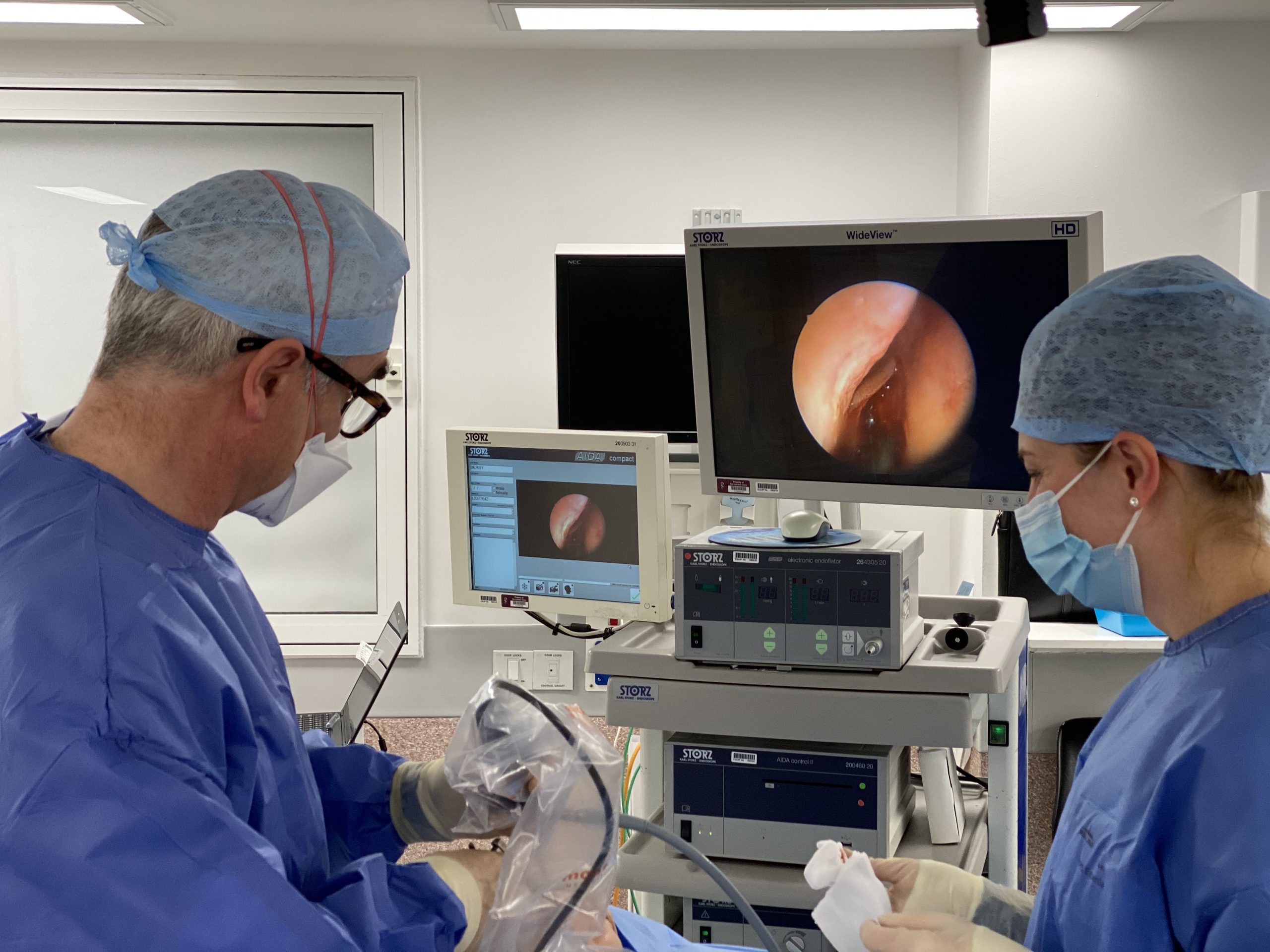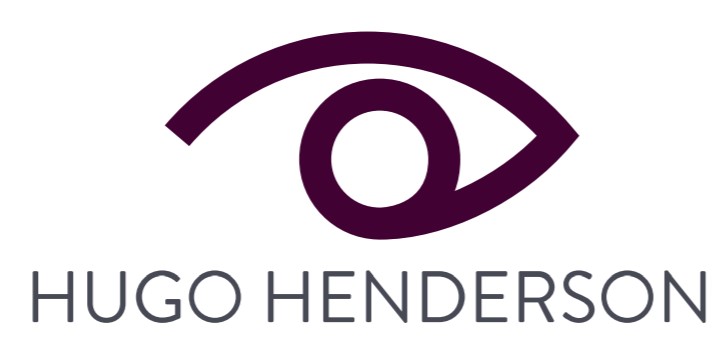Watery Eye
Dacrocystorhinostomy
(Surgery for Watery Eye)
Dacrocystorhinostomy is the name for the surgical procedure used to correct watery eye. Watery eye is a very common condition which results from either an over production of tears, or reduced drainage of tears. Watery Eye can be a very distressing condition for those who suffer from it, as the constant tearing from their eyes can make others think they are weeping.
The most common cause of watery eye is blepharitis. Essentially, this is an accumulation of debris along the lid margins which subsequently leads to inflammation and irritation. This can be treated with regular cleansing but may also require courses of topical or oral antibiotics.
Reduced drainage of tears can occur at any age but is most common amongst children and adults in their sixth decade. In children it is generally caused by an obstruction to the tear drainage, when the lower end of the nasolacrimal duct (the tear duct at the inner corner of your eye) is covered by a membrane. This duct ultimately drains into your nasal cavity so when it is blocked, a lot of tearing and discharge will occur from the eye. In over 90% of cases, by the age of 12 months, this membrane will open on its own. If not, in 95% of cases, the condition can be cured by passing a probe along the passageways under a brief general anaesthetic.
In adults the obstruction generally results from a gradual narrowing of the upper end of the nasolacrimal duct, usually from chronic inflammation. Syringing may give temporary relief but tends to be used to help diagnosis. An effective and lasting treatment is to create a new passageway so the tears flow into the nose, bypassing the blocked tear duct. This is a surgical procedure.

At Your Consultation
We will need your complete medical history, so make sure you have checked your own records and bring this information with you. We will specifically ask if you have any allergies, whether you are taking any vitamins, medications, or other drugs (both prescription and over the counter) and if you smoke. In addition, glasses and contact lens wearers should bring these along. We would also like to have any relevant information from your optician, or a record of your most recent eye exam. During the consultation we will test your vision and tear production and may carry out tests. One is to syringe (washout) the tear ducts that drain the tears from the eyes to the nose. This is a painless test carried out in the chair. Another is a nasal endoscopy in which the inside of the nose is examined to check there is nothing in the nostril stopping tear drainage into the nostrils.
Before Your Surgery
You will need to follow any guidelines on how to prepare for surgery, including eating, drinking, smoking and taking or avoiding certain vitamins and medications. You may need to arrange for someone to drive you home after surgery and be around to help you out at home if needed for a few days.
During Your Surgery
Surgery can be carried out either under local anaesthetic with sedation, or general anaesthetic. It is usually carried out as day case surgery, although some patients prefer to stay overnight.
There are two surgical procedures used to treat watery eye, one is performed externally and one is performed internally. In the external procedure your surgeon will make a small incision in the side of your nose and operate through this whereas in the internal procedure the operation is carried out with the aid of an endoscope (a pencil thin camera) passed up the nostril.
The internal procedure will leave leave a small (12mm) scar on the side of the nose, but is occasionally required if the blockage is not accessible from within the nose. We find that this scar generally settles very well and is usually difficult to detect after a few months. The internal procedure will leave no scar and has a similar success rate in eliminating watery eye.
In both the external and internal procedures small silicone tubes are placed through the tear ducts to keep the tear passage open during the healing period. These are virtually invisible and will be removed in the clinic at one to three months after surgery.
After Your Surgery
After surgery we will place a pad over your eye, this will be removed the following day. You must avoid hot drinks for 12 hours after surgery, and avoid blowing your nose for one week to minimise the risk of a nose bleed. A common side effect is swelling and bruising of the eyelids, which can occasionally affect the other, unoperated eye but this will settle in the following two weeks or so. The sutures will be removed at one week and the tubes at one to three weeks after surgery.
What are the risks?
Providing that you chose an appropriately qualified oculoplastic surgeon, and follow all the advice and guidelines given, the risks associated with dacrocystorhinostomy are usually infrequent and minimal. Minor complications include nose bleeds, bruising, and infection. Very rarely, a patient may have a heavy nose bleed and require readmission to hospital and further treatment.
